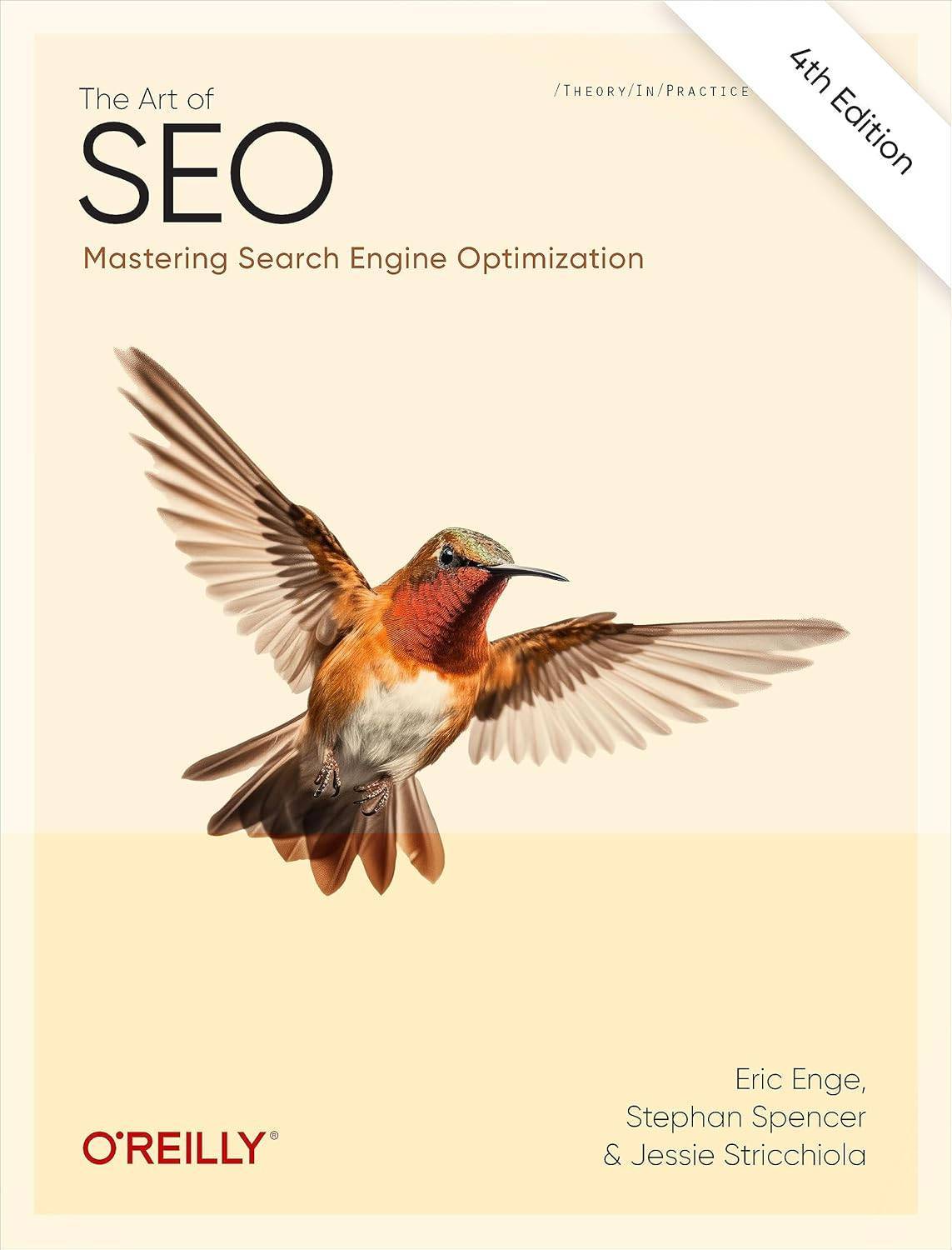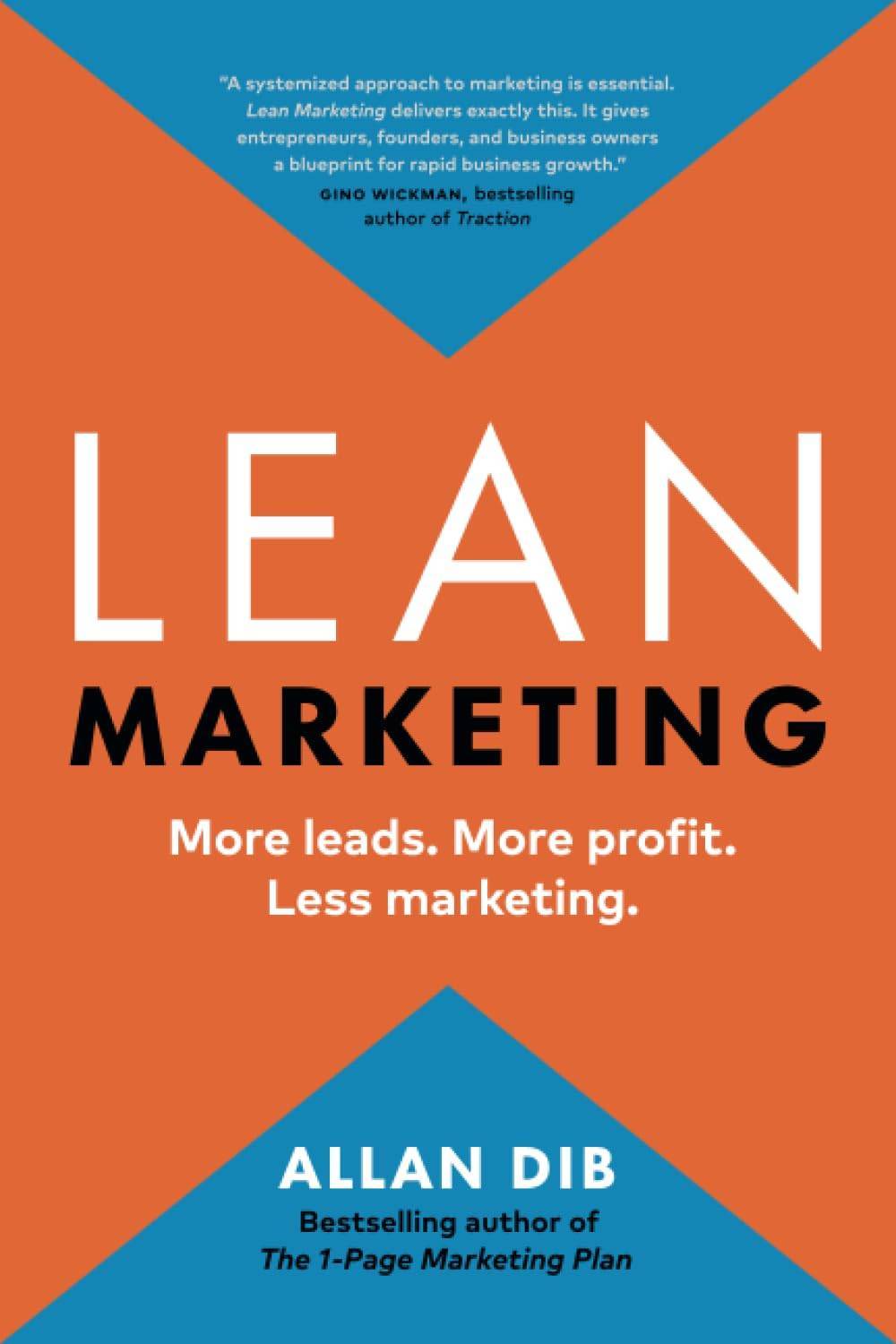Image Optimisation for SEO: How to Do It Right
Learn how to properly compress, format, and deliver images to boost page speed, user experience, and rankings.
Last updated: May 3, 2025

Image Optimisation for SEO: How to Do It Right in 2025
TL;DR
Use the right format (WebP or AVIF), compress everything, serve responsive sizes, and add proper alt tags. Tools make this fast and scalable.
Recommended Reading
Why Image Optimisation Matters (and How to Do It Right)
Images often account for over 50% of page weight. If handled poorly, they slow your site and hurt rankings. If optimised properly, they improve UX, speed, and visibility. Google now evaluates page experience as a ranking factor. With mobile users often on inconsistent connections, unoptimised media can significantly lower engagement. This guide shows you how to optimise images without degrading quality.
The Image Optimisation Blueprint
Choose the Right Format
Use WebP for most images, AVIF for even smaller files (if supported), and SVG for icons and flat graphics. Avoid PNG for large, photographic content unless transparency is needed.
Compress Before Uploading
Use tools like Squoosh or TinyPNG to get file sizes under 200 KB for most images. If you're building for retina displays, compress first; don't rely on browser resizing.
Serve Responsive Images
Use srcset and sizes to serve different versions of the same image based on screen width. This ensures users get a small file on mobile but high quality on desktop. In WordPress and modern CMSs, this can be handled automatically; test the output to be sure.
Use Lazy Loading
Lazy loading delays offscreen images until the user scrolls. Use the loading="lazy" attribute in HTML or a plugin like WP Rocket. Avoid lazy loading above-the-fold images as it can cause layout shift.
Add Descriptive Alt Text
Write useful, descriptive alt tags for all key visuals. It helps accessibility, image SEO (Google Images traffic), and content clarity if images fail to load. Avoid keyword-stuffing. Be specific instead.
Common Pitfalls and Quick Wins
- Wrong dimensions: Uploading 3000px-wide images when only 800px is needed.
- Duplicate file use: Same image uploaded multiple times in different sizes.
- Unoptimised thumbnails: CMSs often skip compressing generated thumbnails.
My Favorite Tools for Image Optimisation
- Squoosh: Manual, high-quality image compression.
- ImageOptim: Drag-and-drop bulk optimiser (Mac).
- ShortPixel: WordPress plugin for automated image compression.
- Cloudflare Images: Built-in CDN optimisation.
- GTmetrix: Test image issues in real pages.
Final Thoughts
Image optimisation does not require fancy tools or deep technical skills. Just the discipline to follow best practices. Make it part of your publishing workflow to benefit both SEO and user experience.



